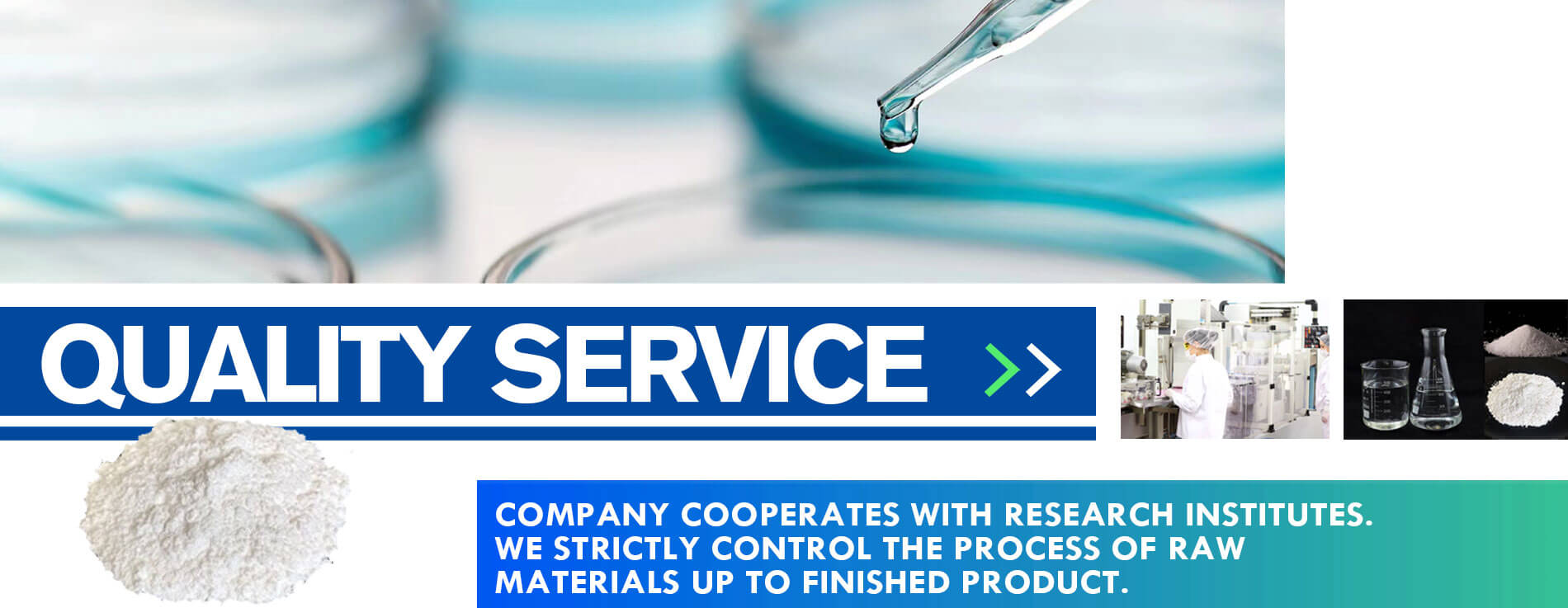As a leading 4,4'-(1,1,1,3,3,3-Hexafluoropropane-2,2-Diyl)Dibenzene-1,2-Dicarboxylic Acid supplier, we deliver high-quality products across diverse grades to meet evolving needs, empowering global customers with safe, efficient, and compliant chemical solutions.
What is the main use of 4,4 '- (1,1,1,3,3,3-hexafluoropropane-2,2-diyl) diphenyl-1,2-dicarboxylic acid?
4,4 '- (1,1,1,3,3,3-hexafluoroisopropyl-2,2-diyl) diphenyl-1,2-dicarboxylic acid, which has a wide range of uses. In the field of industry, it is often used as a raw material for the preparation of high-performance polymers. The polymer produced has excellent thermal stability, chemical stability and mechanical properties, and is widely used in aerospace, electronic and electrical fields that require strict material properties. In aerospace, its aircraft parts resist extreme environments and improve safety and reliability; in electronics and electrical, it helps to manufacture electronic components with high temperature resistance and good insulation.
In the process of scientific research and exploration, this compound is also an important research object. Scientists can gain insight into the relationship between the structure and properties of organic compounds through in-depth investigation, expand the boundaries of chemical knowledge, and pave the way for the development of new materials. Its unique chemical structure and properties may provide opportunities for the creation of new materials with special functions, such as the development of sensing materials with high sensitivity to specific substances.
In the field of materials science, 4,4 '- (1,1,1,3,3,3-hexafluoroisopropyl-2,2-diyl) diphenyl-1,2-dicarboxylic acid can participate in the synthesis of special functional materials. Such as the preparation of materials with excellent optical properties, used in optical instruments, display technology, etc.; or the synthesis of materials with good barrier properties, used in the packaging field to extend the shelf life of products.
What are the physical properties of 4,4 '- (1,1,1,3,3,3-hexafluoropropane-2,2-diyl) diphenyl-1,2-dicarboxylic acid
4,4 '- (1,1,3,3,3-hexafluoroisopropyl-2,2-diyl) diphenyl-1,2-dicarboxylic acid, which is an organic compound. Its physical properties are quite critical and are related to many practical application scenarios.
Looking at its properties, under normal temperature and pressure, it is mostly in the state of white to light yellow crystalline powder. This form is conducive to storage and transportation. Because it has certain stability, it is not easy to change significantly under conventional conditions.
In terms of melting point, it is about a specific temperature range, which has a great impact on its use in material synthesis and other fields. When the temperature approaches the melting point, the substance gradually melts from a solid state to a liquid state, which provides key conditions for material molding and other processes. Knowing its melting point can accurately control the production process to ensure product quality and performance.
Solubility is also an important property. Among common organic solvents, its solubility varies. In some organic solvents such as acetone and dichloromethane, it has a certain solubility, which allows it to participate in many organic reactions. As a reactant or intermediate, it can achieve homogeneous reaction with the help of organic solvents to improve the reaction efficiency and product purity. In water, the solubility is relatively low, which is related to the hydrophobic groups contained in the molecular structure. This property determines that its application in aqueous systems is limited, but it has a wide application space in organic phase systems.
In addition, the compound also has certain thermal stability. In a specific temperature range, its chemical structure and properties do not change drastically due to temperature fluctuations, which makes it possible to apply in some environments that require high thermal stability, such as high-temperature processing material preparation processes.
In summary, the physical properties of 4,4 '- (1,1,1,3,3,3-hexafluoroisopropyl-2,2-diyl) diphenyl-1,2-dicarboxylic acid, from morphology, melting point, solubility to thermal stability, together constitute its unique physical properties, which lay the foundation for its application in materials science, organic synthesis and many other fields.
What are the chemical properties of 4,4 '- (1,1,1,3,3,3-hexafluoropropane-2,2-diyl) diphenyl-1,2-dicarboxylic acid
4,4 '- (1,1,1,3,3,3-hexafluoroisopropyl-2,2-diyl) diphenyl-1,2-diacetic acid, which is an organic compound. Its chemical properties are particularly complex, and the following are described in detail by you.
In terms of stability, the compound contains a special hexafluoroisopropyl structure. Due to the high electronegativity of the fluorine atom and the large carbon-fluorine bond energy, its chemical stability is excellent. In many common chemical environments, it is not easy to chemically react with other substances. And the aromatic ring structure also contributes to its stability. The aromatic ring conjugate system can disperse the electron cloud and enhance the molecular stability.
In terms of solubility, in view of the fact that there are both fluorine-containing hydrophobic groups and hydrophilic carboxyl groups in the molecule, its solubility is unique. In organic solvents, such as halogenated hydrocarbons such as dichloromethane and chloroform, there is a certain solubility due to the similar miscibility effect between fluorine-containing groups and halogenated hydrocarbons. In water, because carboxyl groups can form hydrogen bonds with water molecules, there is also a certain solubility at low concentrations, but the overall solubility may not be very high, because the large fluorine-containing hydrophobic part will limit its solubility in water.
In terms of reactivity, carboxyl groups are their main activity checking points. Carboxyl groups are acidic and can neutralize with bases to form corresponding carboxylate salts. Under suitable conditions, esterification can be carried out to form esters with alcohols under the action of catalysts. In addition, although the benzene ring is relatively stable, substitution reactions on the benzene ring can occur under specific conditions, such as the presence of strong oxidizing agents or electrophilic reagents. Although fluorine-containing groups are stable, under extreme conditions, such as high temperature and strong Lewis acid catalysis, carbon-fluorine bonds may break and participate in the reaction, but such reaction conditions are quite harsh.
What is the preparation method of 4,4 '- (1,1,1,3,3,3-hexafluoropropane-2,2-diyl) diphenyl-1,2-dicarboxylic acid?
4,4 '- (1,1,3,3,3-hexafluoroisopropyl-2,2-diyl) diphenyl-1,2-dicarboxylic acid, the preparation method of this product is quite complicated, let me describe it in detail.
To make this product, the common method is to first take appropriate starting materials, such as benzene compounds containing specific substituents. Based on benzene derivatives, the substituents attached to them need to be carefully designed before they can be gradually converted to the target structure.
The starting material is prepared properly, and the first step often involves substitution reactions. Under specific reaction conditions, suitable groups are introduced to lay the foundation for the subsequent construction of complex structures. This reaction requires precise regulation of reaction temperature, pressure, and catalyst type and dosage. If the temperature is too high or too low, the reaction rate may be abnormal, or by-products may be formed.
After the first step of substitution, the intermediate product is obtained. Then the intermediate product is further reacted, either by addition or elimination, depending on the specific reaction path. This step aims to establish key carbon-carbon bonds or introduce specific functional groups, such as carboxyl groups, to gradually approach the target molecular structure.
In addition, the choice of reaction solvent is also crucial. Different solvents affect the solubility and reactivity of the reactants. The choice of polar solvent or non-polar solvent needs to be carefully selected according to the reaction mechanism and the characteristics of the reactants.
After several steps of reaction, the crude product is obtained. However, it may contain impurities, so it needs to be separated and purified. Recrystallization, column chromatography, etc. can be used to remove barren and store cyanine, and obtain pure 4,4 '- (1,1,3,3,3-hexafluoroisopropyl-2,2-diyl) diphenyl-1,2-dicarboxylic acid. Every step needs to be done with caution, and a slight difference in pooling may affect the purity and yield of the product. In this way, the method of preparing this compound can be obtained.
What is the price range of 4,4 '- (1,1,1,3,3,3-hexafluoropropane-2,2-diyl) diphenyl-1,2-dicarboxylic acid in the market?
I have not heard the exact price of this "4,4 '- (1,1,1,3,3,3-hexafluoroisopropyl-2,2-diyl) diphenyl-1,2-dicarboxylic acid" in the market. However, the price may change due to various reasons, and the supply of raw materials, the difficulty of manufacturing, and the demand of the market are all the main reasons.
The supply of raw materials, if the raw materials are easy to harvest and sufficient, the price may be flat; if they are thin and difficult to obtain, the price will be raised. The difficulty of manufacturing is also heavy. If it requires exquisite skills and complicated processes, the cost will increase and the price will be high; on the contrary, if the manufacturing process is simple, the price may be reduced. The demand of the market is also related to its price. If the industry strives for it, the supply will be in short supply, and the price will inevitably rise. If there is a shortage of goods, the price will drop automatically.
According to my guess, this chemical may have applications in chemical and material fields. If it is used in the production of high-end materials, its price may not be low due to its characteristics. However, the actual price is determined, and it is difficult to determine the market's movements and factory's policies in detail. Generally speaking, because of the difficulty of synthesis and the nature of raw materials, the price should be in a higher position. However, the exact price range needs to be asked by chemical material suppliers or those who specialize in the industry.

